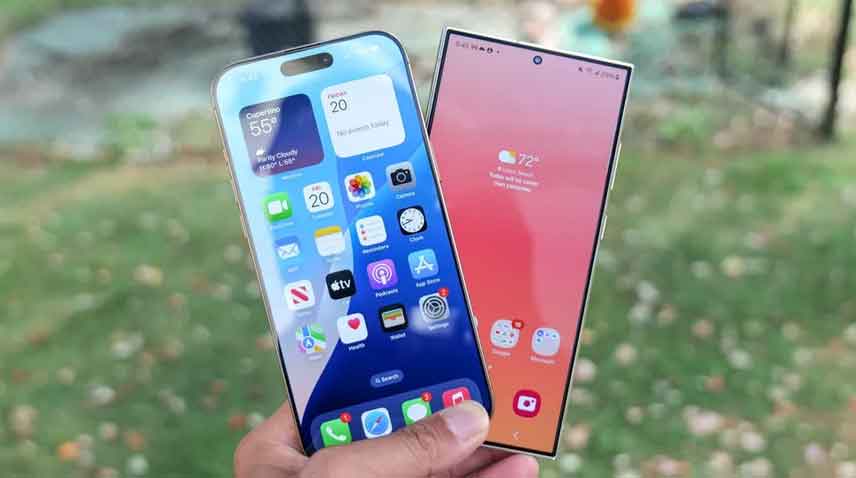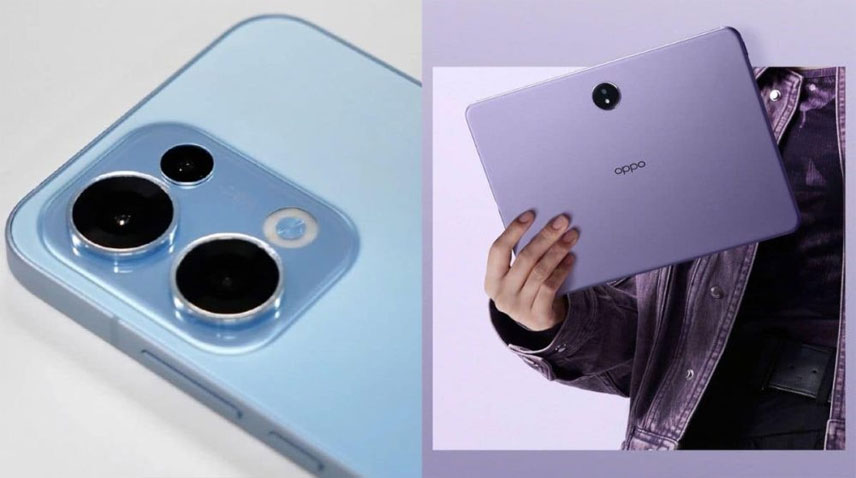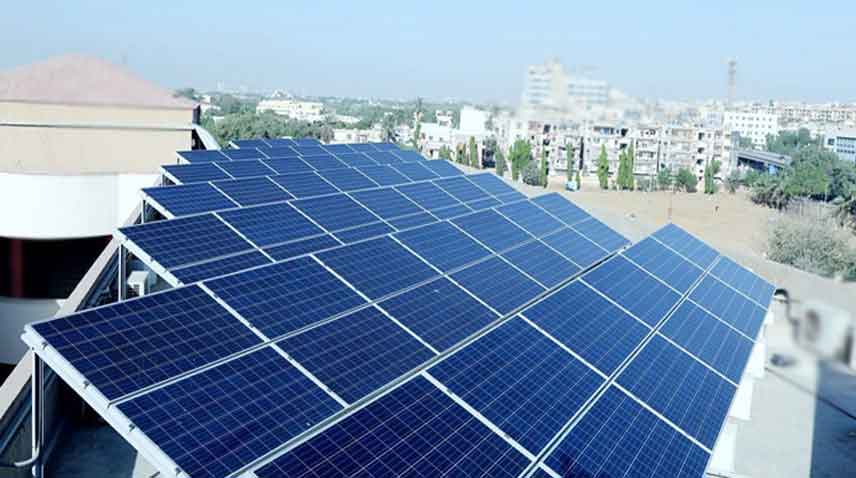
Which should you choose? Both platforms have pros and cons, and, as with many purchase decisions, your choice will depend on what you value most.
Owning an iPhone is a simpler, more convenient experience. There’s less to think about, and because Apple’s iPhone represents the single most popular brand of smartphone, there s an abundance of support everywhere you go — whether you need your battery replaced or you’re just trying to pick up a new case. There’s also the iMessage draw, at least in the US.
iOS 18 and Android 15
The latest versions of the two competing operating systems are iOS 18 and Android 15 which both offer smooth and user-friendly experiences, and several similar or identical features. But there are still important differences to be aware of that could sway you to one more over the other.
iPhone vs Android
We take a look at the respective strengths of each mobile platform, so you can pick the right one for you the next time you buy a smartphone. If you want to see the current flagships for Android and iOS, be sure to check out our Pixel 9 Pro XL vs. iPhone 16 Pro Max for an overall impression of the latest phones in each camp compare. And if you’re convinced you want to leave your iPhone, read more about how to set up an Android phone to make the move over as easy as possible.
Hardware ecosystems
Only a handful of Android phone makers have hardware ecosystems that approach Apple’s, and even for some that come close, like Samsung, you won’t get the depth of integration possible between the iPhone and other Apple-built devices.
There are many other great examples of continuity across iOS, iPadOS, watchOS and macOS — and the iPhone is a critical component in that puzzle, especially now that iPhone apps can be seamlessly ported to macOS. Power users already immersed in Apple’s ecosystem can stand to gain a lot by adding an iPhone to their repertoire. And that s to say nothing of friends and family members who prefer to use iMessage and FaceTime to keep in touch.
Selection of accessories
There’s a bigger selection of accessories. Walk into any Best Buy or Target, and you’ll find aisles of cases for every iPhone that Apple makes — something that certainly cannot be said for the Android contingent outside of flagship devices from the biggest companies.
Availability of iPhone cases, screen protectors
The selection and availability of iPhone cases, screen protectors, car mounts and other goodies is simply far greater than you’ll find for any other phone, and that’s more important than most people realize. iPhone owners will never have the problem of not finding a case to their liking. There’s also all the 3-in-1 MagSafe chargers that accessory makers clearly give priority to iPhones, which transforms compatible iPhones into digital picture frames and smart home hubs when they’re used in conjunction with StandBy Mode.
Prices of phones
There are phones at every price. The vast majority of the world’s smartphones run Android, and because so many companies build Android handsets, they’re available at every price range. There are cheap phones under the $500 mark like the Pixel 8a, as well as some of the best small phones and best big phones, and phablets and foldables far exceeding $1,000. No matter how much you can spend, chances are you can find an Android device that fits your budget or offers exclusive features.
The same cannot be said for iPhones, which historically have been expensive at launch, only to come down in price after successive generations. The least-expensive iPhone that Apple offers is the iPhone SE (2022), which is a fantastic device with phenomenal performance for just $429, though its design is dated, and its screen will be too small for some.
Android also lets you download third-party replacements for core services — like web browsers, keyboards and media players — and set them as the default versions if you prefer a third-party app to one that was preinstalled on your phone. iOS has improved in this regard over the years, though the implementation is still somewhat clunky.
USB-C is universal
Android phones largely rely on USB-C ports for charging and data transfer these days, which is super convenient if you re one of those people who really likes to pack light and carry only one cable. USB-C is also on many PCs these days, as well as on the Nintendo Switch. It s a beautiful thing.
Apple only switched to USB starting with the iPhone 15, so older models are still stuck with the Lightning port. But it s going to take a long time before every iPhone user has moved on from a device with a Lightning port.
Innovative features
Innovative features usually land on Android phones first. Sure, Apple’s coffers are pretty stacked. However, it is just one company, with one philosophy. As a result, iOS can be slow — or at least slower than the Android community — to adapt to emerging technologies.
Diverse AI features
While Android 15 comes with a ton of core features, each phone maker has differeniated their phones with AI features. For example, there s Galaxy AI with Samsung s line of phones — which extends to older phones, not just newer flagships. There’s also Google’s AI features in its Pixel phones that lean heavily on photo editing tools for its Pixel phones, like Add Me, Magic Editor, Best Take, and more.




